Just as U.S. collectors flock to Monterey’s California sunshine (and occasional fog) every August and the British meet at Salon Privé, Hampton Court, and Goodwood in the early Autumn, so do European collectors of very special cars travel to Paris in the first week of February. It’s the season opener on this side of the Atlantic and 2023 did not disappoint, although there wasn’t quite the level of frenzied buying seen just days previously at Scottsdale in the Arizona desert.
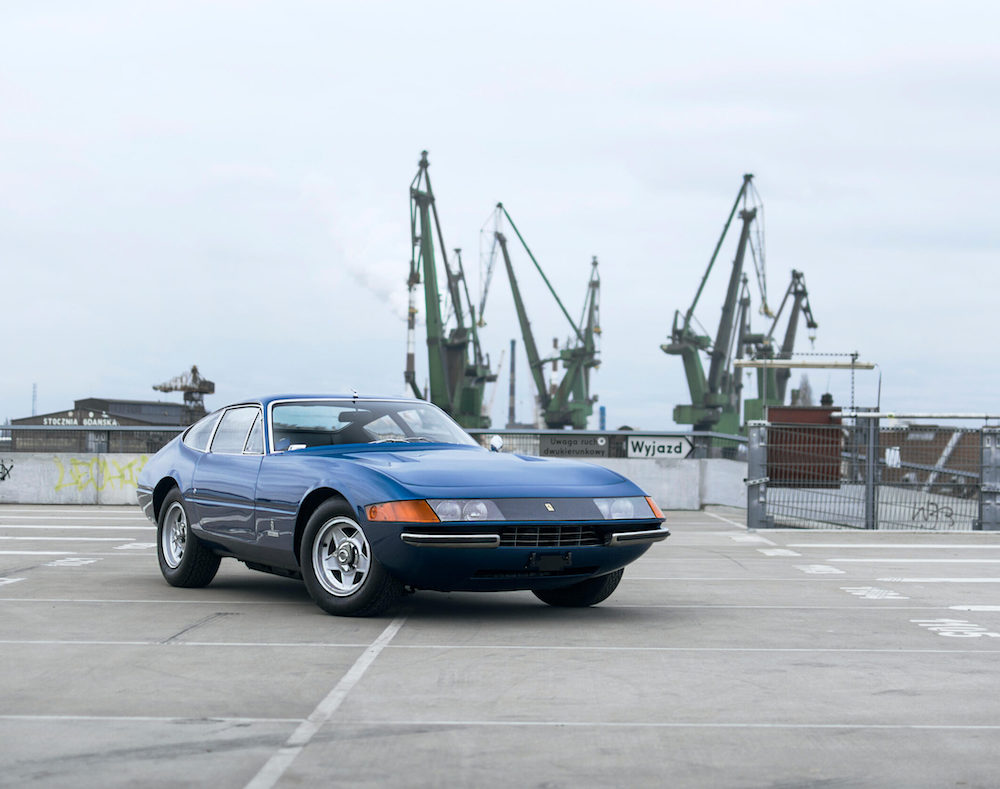
The Rétromobile Paris Week
Three major auctions took place during the Rétromobile Paris week, with RM Sotheby’s kicking off proceedings on Wednesday, followed the next day by Bonhams, then Artcurial’s two-day sale over Friday and Saturday. On the face of it, the numbers were about what we would expect: sell-through rates hovering around the 75% average, some big headline sales, and a few near misses. But take a closer look and there were some interesting trends that appeared. Here are my headlines:
Rise of the No Reserve
Sell-through rates can be a big marker of how well an auction has gone, but not when a significant number of lots have no reserve price. At Paris, some 45 percent of the cars crossing the block carried no reserve—they were going to a new home, no matter what. That figure would have elicited a yawn over at Barrett-Jackson, where all the cars are no-reserve, but this is a tick higher than we’re used to seeing from a high-end auction. At the catalogue auctions at Monterey last summer, only 42 percent of the cars went without reserve.
There are probably multiple reasons for this, including that there are a number of smaller collections coming to auction, which tend to be consigned at no reserve. Also, the rise in online auction and dealer sales means there’s much more choice in the market now; live auction staff are keen to maintain those all-important sell-through rates so are likely to try to encourage their use.
Yet we also take this as a sign that sellers are accepting that the market has come off the boil since the post-lockdown rush. Mind you, there have been signs of such a slowdown for at least six months, but perception often lags reality, and so in the last half of 2022 we saw lots of high-end cars offered with high reserves—sellers testing the waters and willing to pull the trigger only if they got the number of their dreams. In Paris, some collectors might have observed the landscape—particularly in Europe—and surmised that now was a good time to exit, even at a lower-than-peak figure.
Languishing Lancias
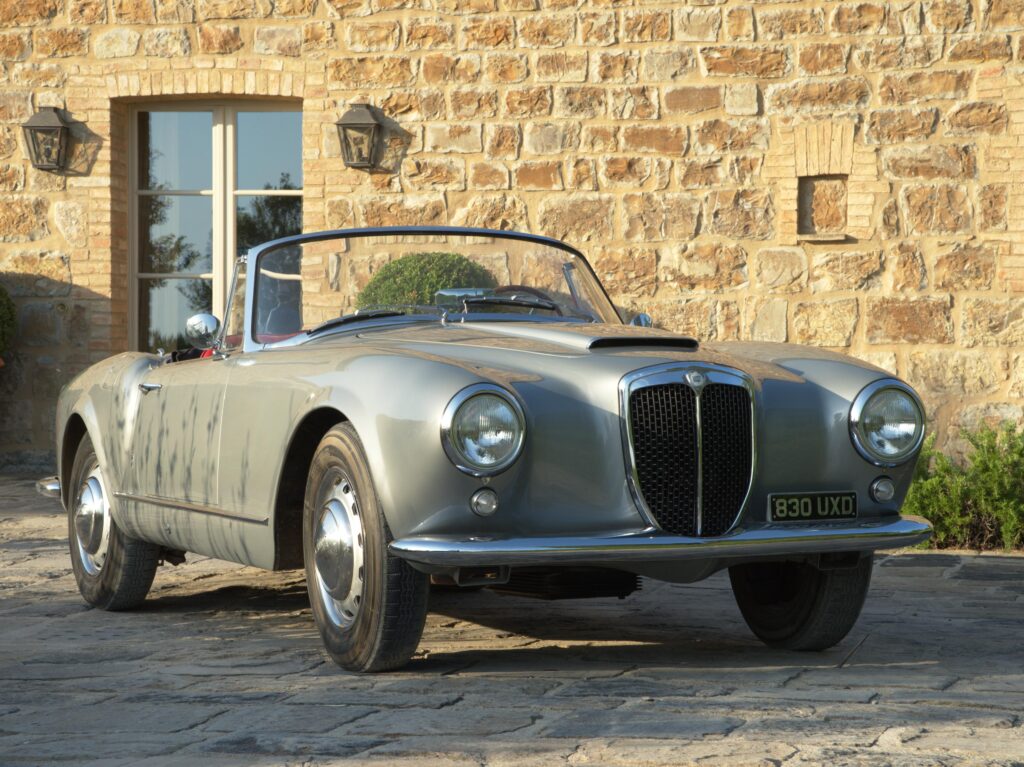
Older Lancias have been a hard sell at auction for the last few years, but the marque was hit particularly hard in Paris this year. Of 16 offered, just four sold, one of which was an exceptional hand-built, Pininfarina-bodied PF200, the first of its type created and initially owned by Italian movie star Renato Rascel. A shoo-in for any concours, it was sold by Bonhams in the cavernous Grand Palais for €718,750 ($767,179), short of its presale low estimate of €800,000 ($853,904). Two B24S convertibles, one offered by Bonhams, the other by Artcurial, both failed to sell. These still draw American collectors—three have sold for more than $400,000 at U.S. auctions over the past 18 months—but the European love of this pretty convertible seems to have waned a little, if it was ever really there. It’s interesting to note that the U.S. Hagerty Price Guide value for the B24S is 37% above that of the UK Hagerty Price Guide; when this model is offered for a U.S. price on this side of the Atlantic, it is no surprise it doesn’t achieve the seller’s expectations.
Downbeat Daytonas
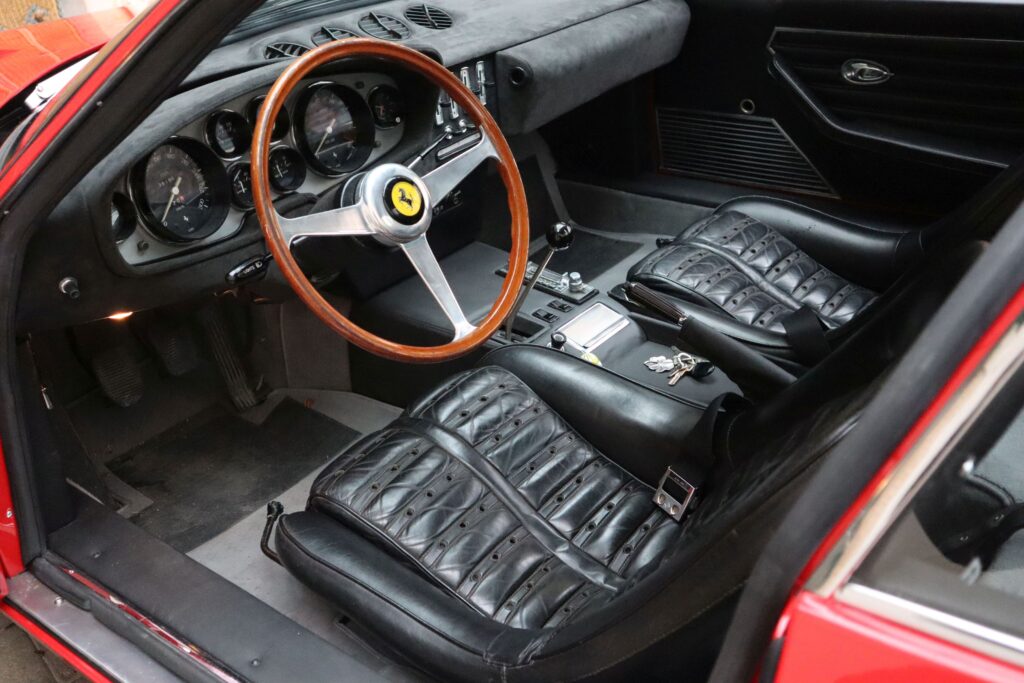
I feel sorry for the Ferrari 365 GTB/4 Daytona. They’ve come down about a quarter in value since the heady days of 2015/ ’16 when a good one could find itself knocking on the door of €1M. This February, three were offered in Paris: a 1970 example was sold under low estimate for €638,000 ($680,988) by Artcurial, with another in the same auction failing to come anywhere close to its €620,000 ($661,775) presale valuation. The best of the bunch was over at Bonhams: a 35,000-km-from-new car, freshly serviced and with a fantastic color combination of blue-on-blue, it sold in the middle of its estimate for €793,000 ($856,440).
The Daytona is a victim of its own earlier success. The soaring prices of the mid-2010s encouraged a lot of speculators to buy them, people who aren’t first and foremost car people. These buyers probably jumped in them and found the big tires, lumpy idle (from being left standing around) and heavy steering not really what they expected. That’s sad, because properly sorted, these are great cars and compared to any other 1960s V-12 Ferrari, they are a bargain. Real enthusiasts who own them are rarely parted with them and are happy to put big miles on the car: that’s the sign of a driver’s car.
Bargain Schumacher Car
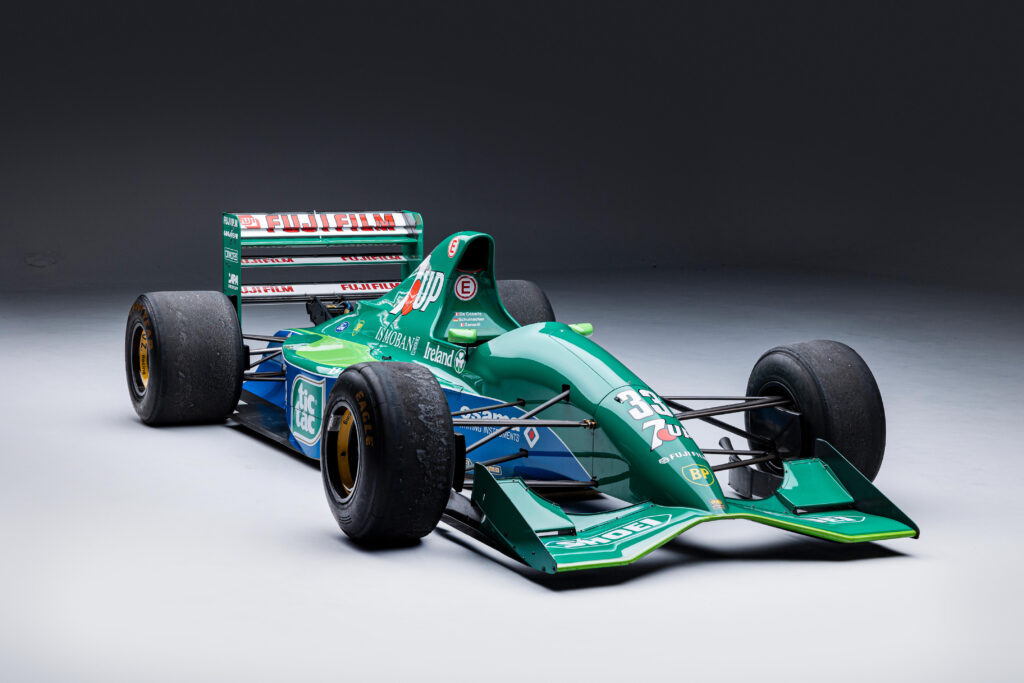
I bet that is the first time you’ve seen that particular headline, but it’s true. Bonhams sold a 1991 Jordan 191 F1 car for €1.495M ($1.61M), just scraping over its low estimate. It was the car that Michael Schumacher posted his first-ever F1 time in FP1 at Spa, although Andrea de Cesaris drove it in the race. It’s been called the best-looking modern F1 car, is in a great-looking livery and in full running order. No one expected it to come close to the $14.873M earned by the Schumacher Ferrari F2003-GA last year—that car played a bigger role in the champion’s story and can expect support from Ferrari’s Corse Clienti program. But try finding another F1 car connected to Schumacher for less money than this Jordan. Well bought.
Turbo Time
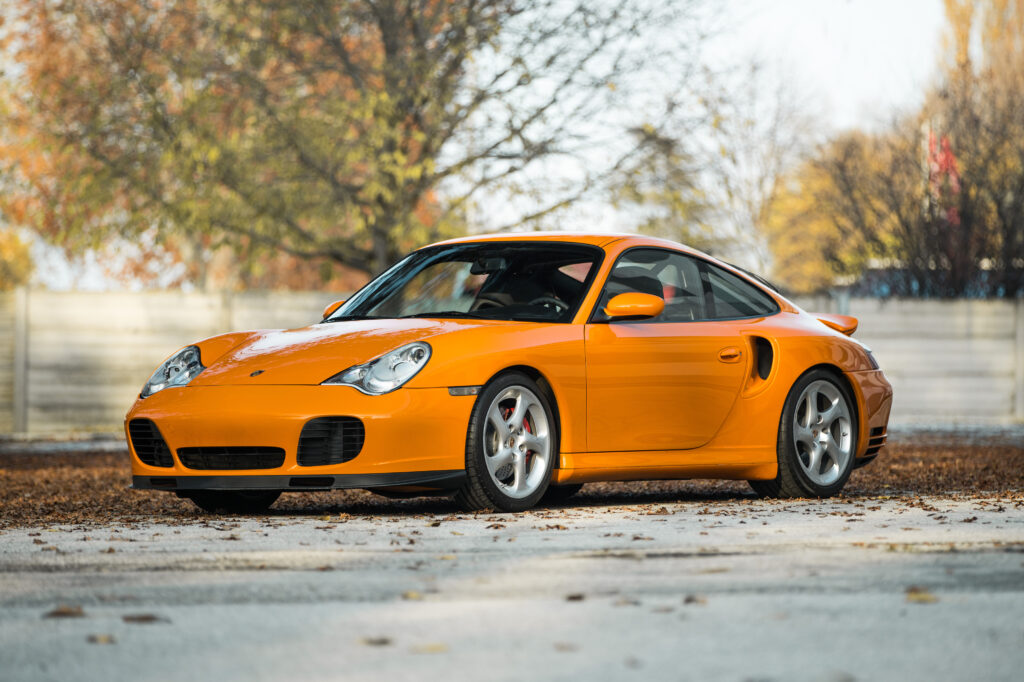
15 Porsche 911 Turbos of various different eras were offered at the Paris sales; all 15 sold. Top of the tree was a 1993 (964) Turbo S ‘Leichtbau’ in stunning Speedgelb paintwork. One of just 86 examples of the first lightweight Turbo production Porsche, it found a new home for €1.035M ($1.12M). One that really drew my eye was another car in similar color, this time a 2000 Porsche 911 (996) Turbo in Gelb Orange. Originally built for Porsche works driver Paul-Ernst Strähle and wearing various factory mods, it sold for €166,750 ($180,090), a public auction record for the model.
Big hits…
RM Sotheby’s have reported that this was their most successful European sale ever. That’s not surprising, as they had a great collection of top-end cars including a 2022 Bugatti Chiron Profilée that sold for €9,792,500 (about $10.6M). That’s a lot even before you realize VAT was not included. A €4M ($4.32M) Ferrari Enzo, a €3.66M ($3.95M) ex-Jean Alesi Ferrari 643 F1 car and host of other €1M+ cars pushed up the average. Two cars showed that their own particular value rises are not subsiding: a 1959 Mercedes-Benz 300SL Roadster in blue with a reported recent €700,000 restoration but in need of a little attention made €1.785M ($1.928M) and a low-mileage Ferrari F40 sold for a shade under €2M ($2.16M).
…And one near miss

One of just two Ferrari 250LMs that were never raced reached the Artcurial block, but failed to sell despite a €20M ($21.6M) top bid. I found it surprising that the reserve was set so high, especially as the UK Hagerty top ‘concours’ value is around that price. A racing car without racing history may be clean and original, but it kind of defeats the point of its own existence. OK, so it’s rarer than a 250 GTO and these cars are stunningly beautiful in the flesh, but if you have enough money to buy one, you surely want a few battle scars earned at Le Sarthe or Daytona.
Last man standing is an Ulsterman
As a seller, you receive your catalogue just after they are printed. Imagine the disappointment of the vendor of a 1981 DeLorean DMC-12 when his dropped through the letterbox. Of all 339 cars offered in the three big Paris auctions, his was dead last. That’s traditionally not a great place to be, especially with no reserve set. Mind you, I bet his mood changed after the hammer fell: the car, with 1,152 miles on the clock and a rare manual gearbox, generated a bidding war that ended with a sale of €83,520 ($90,200), way over both its high estimate and Hagerty’s top value.
So, what have the Paris auctions shown us? To be honest, I think all the companies found it a hard sell. It’s a tricky time, but the trends Hagerty has seen in recent months seem to be continuing: older car values tend to be flatter while racing cars and modern classic (post 1980) performance cars are doing well, and certain halo cars are outperforming the rest (as my colleague wrote about here.) Live auctions are competing in an ever-more competitive environment and finding cars that really spark the buyers’ interest are difficult to find. Find out more
Report by John Mayhead for hagerty.com










